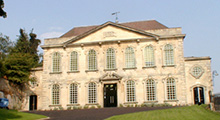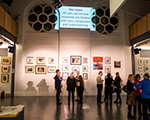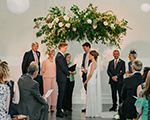When Google Maps was invented, journey-planning was instantly simplified. You could whack a postcode in the search bar, wait less than a second and your destination was then miraculously plotted on a map that you could zoom in and out of. I wasn’t concerned with the way this worked – just with the result. I would find my destination, plot it in relation to where I was going, print it off and – hey presto – the end of flipping through crumpled pages of the A-Z whilst driving through central London and arguing with your boyfriend. Likewise with the Satnav – even better, in fact.
When people started searching for news stories via the Google search engine and then began neglecting print for the web – I started to worry. Research has proven that we spend an average of 30 seconds on an internet page. This means we are not reading, therefore not absorbing, the information from the internet nearly as well as we would from the hard-copy. In addition – reading the paper online means even more hours spent straining our eyes in front of a bright screen.
Technology is wonderful for efficiency, for sending quick messages to people, for connecting businesses with customers, for buying and selling and for many other reasons. It should not, however, be the source into which we delve for a cultural fix. Google’s latest attempt to take over the world comes in the form of the Google Art Project. Now you don’t have to visit a gallery, or even leave your house, to catch a glimpse of some of the world’s finest paintings. When so many of our art galleries in England are free to visit – it is a travesty that Google are persuading people to instead gawk at a computer, zooming in and out of the Van Gogh’s and Paul Klee’s.
Granted – there are financial restraints preventing lots of us from travelling round Europe to visit all the galleries that the Google Art Project can take you on a virtual tour of. But looking at art in the flesh – admiring the paint strokes and the way light bounces off the work, wandering silently through the buildings in which art is hung and reading the biographies of the artists – is a real cultural experience. It cannot be replaced by online art-viewing.
 And so now I’m going to have my lunch break, read a real book (not a Tablet or a Kindle – a paper one) and then return to the Rook Lane Arts gallery and revel in the real-life art that is inspiring children to take an interest in maths. That they would give less than a second of their attention to – were it filed on a website on the internet.
And so now I’m going to have my lunch break, read a real book (not a Tablet or a Kindle – a paper one) and then return to the Rook Lane Arts gallery and revel in the real-life art that is inspiring children to take an interest in maths. That they would give less than a second of their attention to – were it filed on a website on the internet.







